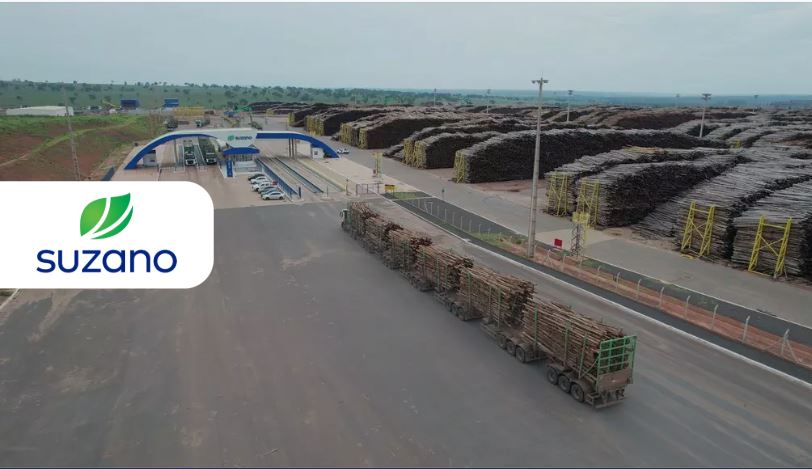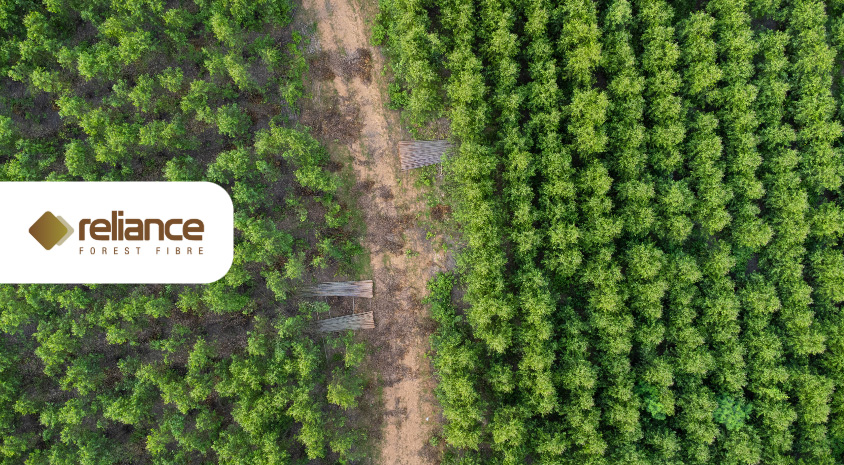In 2021, Coherent Market Insights projected that carbon markets will grow to a value of U$2.4 billion by 2027. More recently, Boston Consulting Group estimated that the voluntary carbon market (markets that are not regulated by governments) could reach a valuation of between U$10 billion and U$40 billion by 2030.
Regardless of the exact number, carbon markets are likely to grow for the foreseeable future. With forests naturally sequestering (capturing and storing) carbon from the atmosphere, the growth of these carbon markets offers opportunities for forest managers to generate a new source of income while supporting efforts to mitigate climate change.
Calculating the potential of a forest carbon project
Forest carbon projects aim to increase the carbon sequestration capacity of forests by reforestation or conservation activities or adjusting and improving forest management practices. These projects can earn carbon credits that can be sold or traded on carbon markets, providing financial support and incentive for forest managers wanting to embark on forest carbon projects.
Carbon credits are directly linked to the amount of carbon sequestered as a result of a project. Credits are issued by official registries, such as the American Carbon Registry, which provides specific methodologies for calculating the amount of carbon sequestered by a forest.
“The protocols for these methodologies are complex, typically containing many, many pages of modeling requirements” Ian Lodge, Solutions Analyst at Remsoft, explains. While not required by registries, forest managers may also benefit from understanding how a potential carbon project could perform. “The main components necessary for a carbon project have been central to Remsoft’s optimization software, Woodstock, from the very beginning. That is, the ability to forecast forest conditions under a variety of scenarios,” says Kari Easthouse, Director of Client Services at Remsoft.
For foresters considering a carbon project, Woodstock’s forest carbon project modeling can help address four primary questions: “what would forest carbon stocks have been in the baseline scenario, what is the estimated sequestration in a forest carbon project, can additionality be achieved, and if so by how much, and how much forest management should be performed,” says Lodge.
Generating a baseline
Every carbon project starts with a baseline scenario – an estimate of the amount of carbon sequestered under current business practices. “Generally, we are modeling a maximum net present value management of the project area using standard harvesting techniques and constraints that are standard practice for the company or the region, such as how much land they can harvest in a year,” explains Lodge.
A crucial element of baseline setting for forest carbon projects is that the geographic scope, inventory, growth and yield, and other data used to generate the baseline are used to create carbon project scenarios that managers can use to decide which actions they should and shouldn’t take. “We need to compare apples to apples to see what difference a forest carbon project could actually make,” says Lodge.
Estimating the sequestration potential of a forest carbon project
By creating forest carbon management scenarios, forest managers can explore the potential impact of implementing different management strategies.
For example, a piece of land may be managed on a 25-year clear-cut rotation cycle. However, the longer a tree is left in the ground, the more carbon it will sequester. The baseline setting captures the amount of carbon the trees sequester over 25 years, but by simulating and optimizing different forest carbon project scenarios, managers can estimate the amount of carbon that could be sequestered if the rotation cycle was changed to 40 years or 50 years or more.
Other management strategies that could be explored with carbon project scenarios include halting harvesting on a portion of the forest or changing the mix of species grown to enhance carbon storage potential.
“The ability of Woodstock to account for a previously constructed baseline scenario, without user input, in a carbon project scenario is a recent innovation,” says Easthouse. Building on to this ability is Woodstock’s Integrator feature, which simplifies and automates several components necessary to prepare and update scenarios. “It’s thanks to Integrator that users can interact with and manipulate external data sources in a seamless manner,” Easthouse explains.
Calculating additionality
Additionality refers to the difference in the amount of carbon sequestration that would occur as a direct result of a carbon project compared to continuing operations as they are. “Additionality is probably the most important concept for forest carbon projects,” says Lodge. Additionality, he adds, is also one of the most challenging parts of the process to calculate.
Calculating additionality isn’t simply calculating the difference between the amount of carbon sequestered by trees on a 25-year clear-cut rotation versus trees on a 40-year clear-cut rotation, for example. Instead, additionality considers the change in the amount of carbon stored over a fixed period, often a year, under a business-as-usual scenario based on the baseline and under a carbon project.
Additionality also takes into account potential errors in forest inventory, growth and yield, baseline projections, and the model itself. The potential risk of unforeseen circumstances, such as wildfire, and possible changes in market demand are also included in the calculations.
Analyzing and optimizing for trade-offs
A key question for forester managers is knowing how to balance carbon sequestration with other forest values, such as harvesting or other land uses. “Optimization will definitely help our clients analyze if a project is going to be profitable,” says Lodge. For example, optimization can help managers understand at what carbon price point reducing or even halting harvesting in exchange for carbon offsetting revenues is beneficial. Alternatively, forest managers may wish to strike a balance between maximizing harvesting revenues with offsetting revenues.
Regardless of strategy, managers must ensure that a carbon project remains viable. For example, if the amount of carbon sequestered by a carbon project dips below the baseline, the project may be disqualified from carbon registries. Should this happen, the carbon credits associated with the project would no longer be valid.
Here, modeling different scenarios can help managers understand under what circumstances the carbon project may fail and even prevent activities that may cause a failure. “We can set up a number of constraints in the model to ensure that the project will continue to be successful,” Lodge explains. As a result, a scenario may not allow a harvesting practice that, while maximizing harvesting revenue, pushes the carbon sequestration potential of a project below the baseline.
Simplifying a complex problem
Embarking on a forest carbon project is a significant investment for foresters. From management activities to balancing other uses to harvesting regimes to carbon registry methodologies, the process of setting up and managing a forest carbon project is complex. “Using Woodstock’s modeling, analytics, and optimization features, we can make this a lot simpler for everybody involved,” says Lodge.
LEARN MORE:
- Find out more about maximizing your carbon credits with intelligent baseline setting.
- Read why carbon modelers are taking a lifecycle approach to understanding forest carbon.



